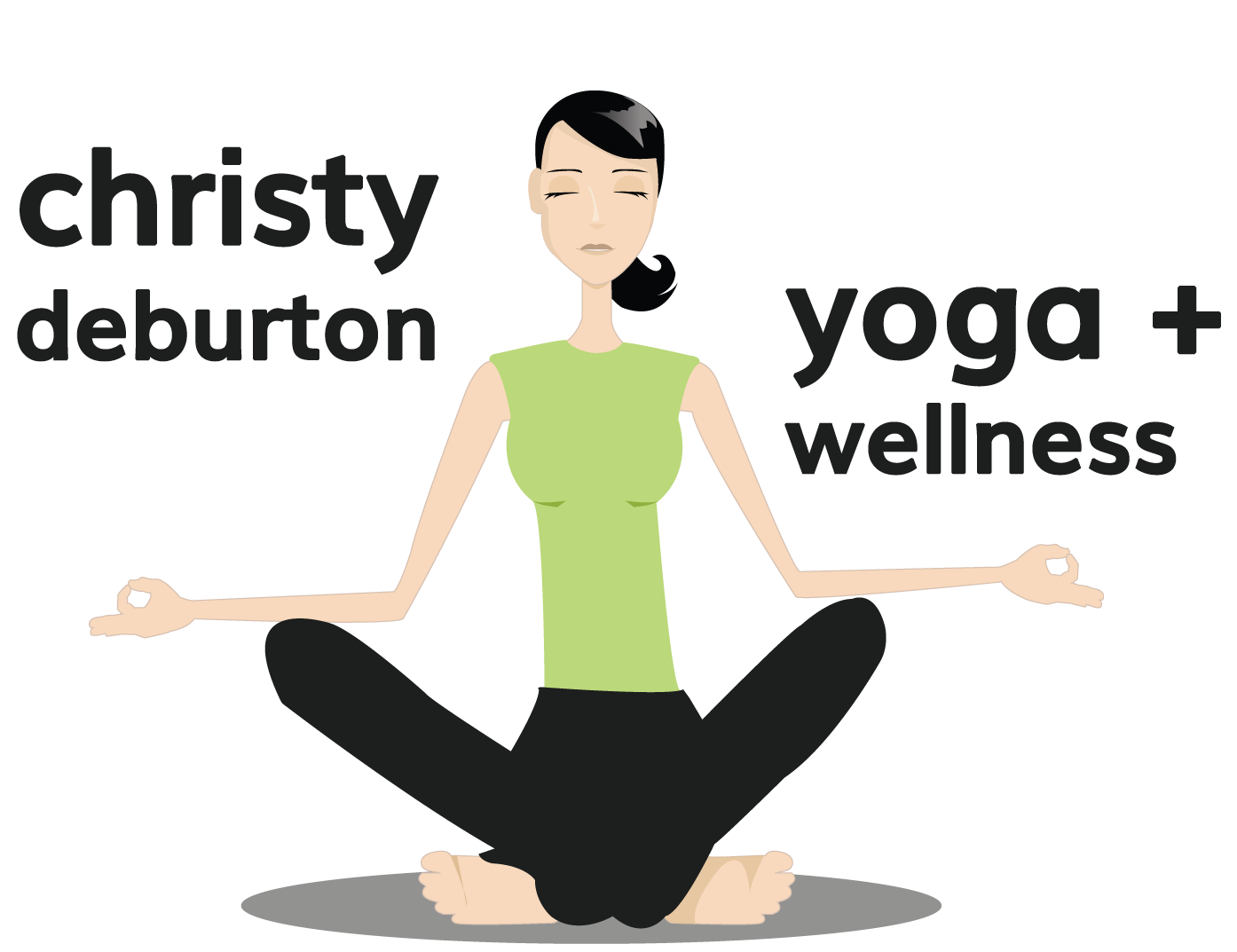Pranayama has several slightly different translations. Broken down, prana means ‘life force energy’ or ‘that which is infinitely everywhere.’ Ayama means ‘to stretch or extend.’ Generally translated as breath control, this fourth limb of yoga consists of techniques designed to gain mastery over the respiratory process while recognizing the connection between the breath, the mind, and the emotions. As implied by the literal translation of pranayama, “life force extension,” yogis believe that it not only rejuvenates the body but actually extends life itself. You can practice pranayama as an isolated technique, or integrate it into your yoga practice. For example, in some classes this week we practiced Alternate Nostril Breathing toward the end of class, a pranayma that helps balance your energy level and both sides of your brain. In our Vinyasa classes, as usual, we focused on keeping our soothing, calming Ujayi breath going throughout our practice to help keep our mind calm and focused. And, of course, we did lots of Breath of Fire in our Energy Flow (Kundalini-Vinyasa hybrid) class!
The yogis say that when our prana is not flowing properly through our body that is when we get sick, get a disease, or even just feel depressed or lethargic. So we come to our yoga mat to release habitual patterns of stress and tension in our body and get rid of the blockages that do not allow our prana to flow freely.
Bringing your awareness to prana, your life force energy, circulating within your body takes your practice to a whole new level. And remembering that prana means ‘that which is infinitely everywhere’ reminds us that we are one with all things, that we are all connected.
I loved this picture I found online of a yogi practicing Alternate Nostril Breathing…

